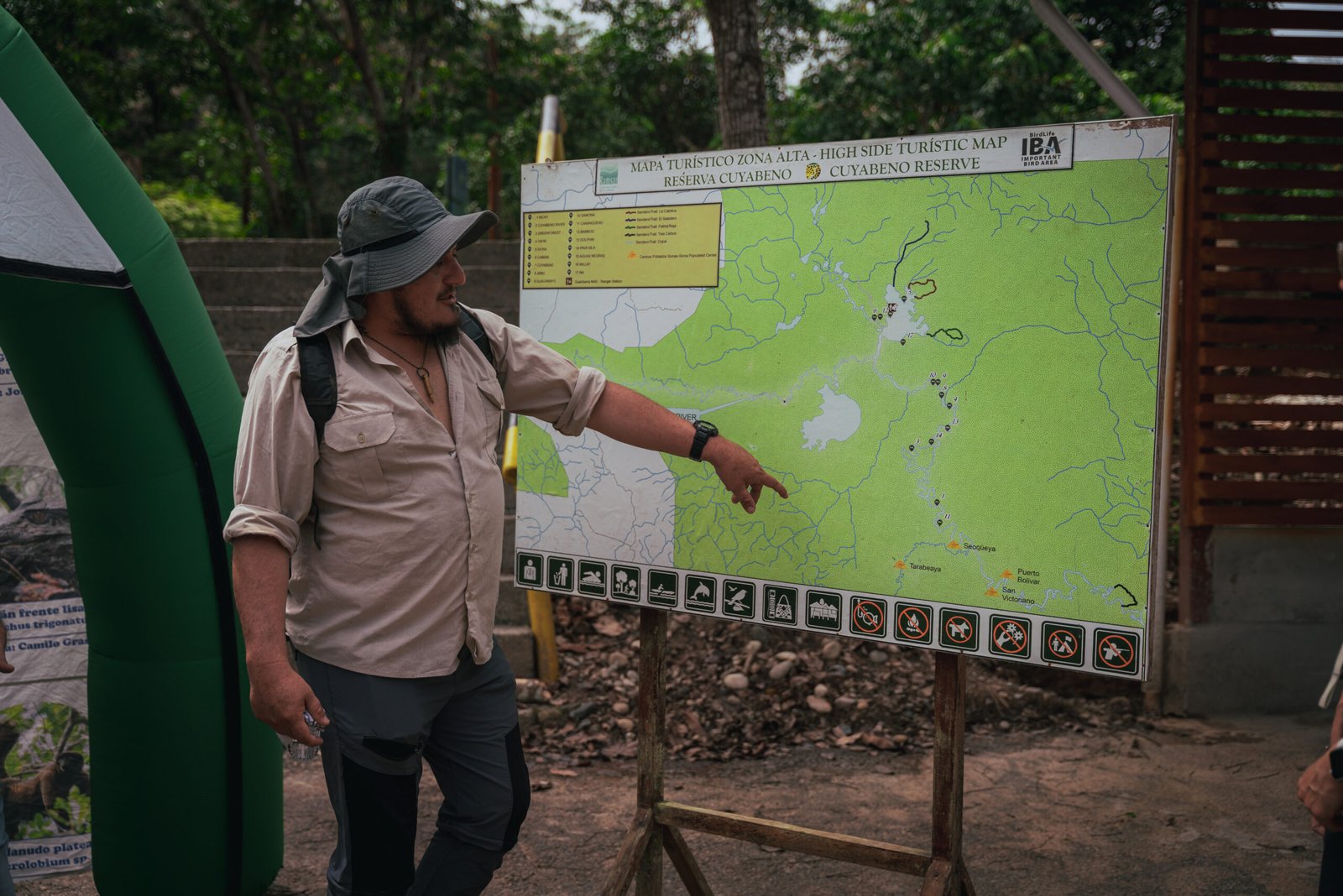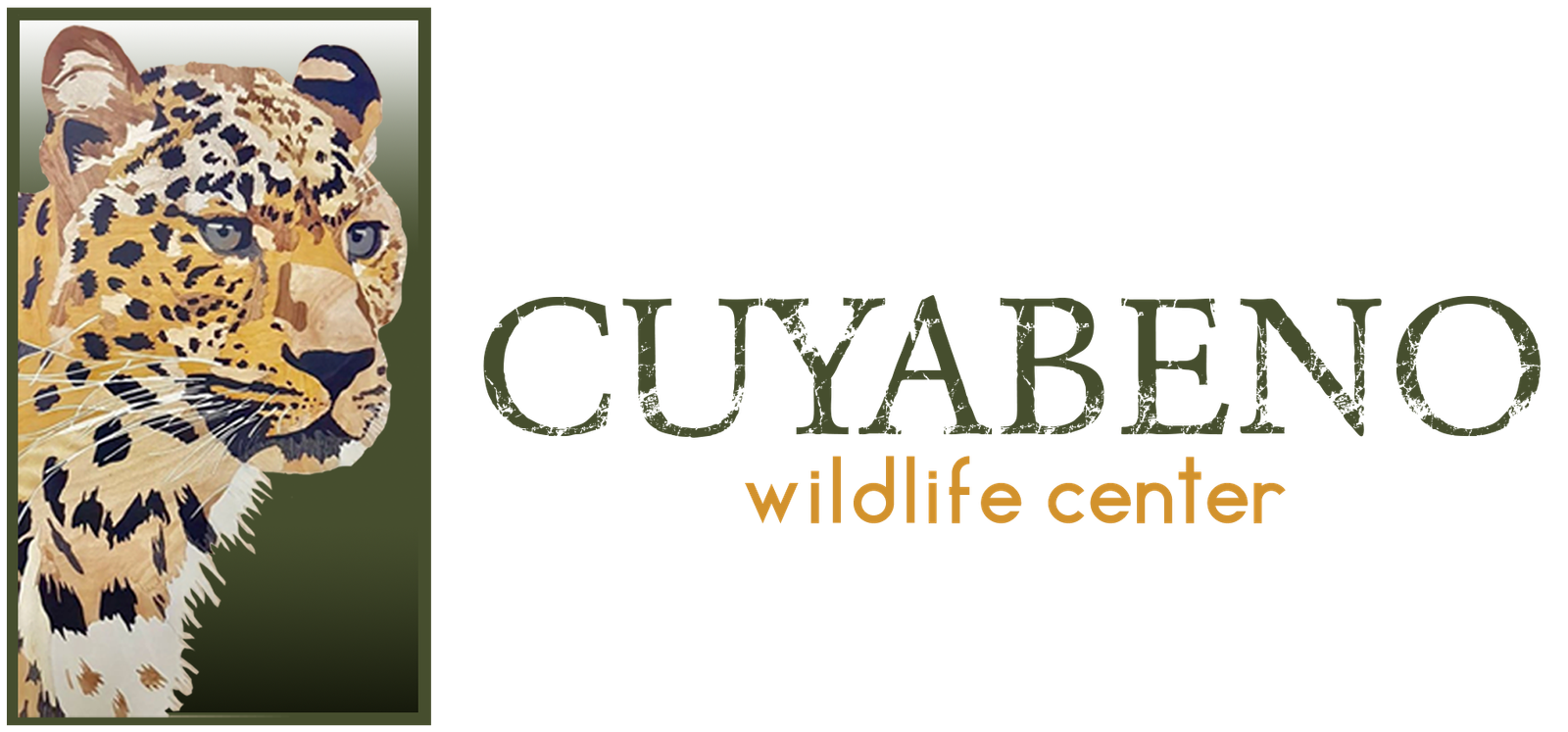Ecuador vs. Other Amazon Regions: Why The Amazon of Ecuador Stands Out
When most people think of the Amazon rainforest, their imaginations are often drawn to the sprawling jungles of Brazil or the enigmatic forests of Peru and Colombia. However, the Amazon of Ecuador offers an entirely different kind of magic—a more accessible, intimate, and biodiverse experience that rivals any other region. With iconic reserves like Cuyabeno and Yasuni, Ecuador’s Amazon delivers adventure, discovery, and connection, all within reach.
Accessibility:
the Jungle is Closer Than You Think
One of the standout features of the Amazon of Ecuador is its accessibility. Unlike some regions where reaching the rainforest involves days of travel, Ecuador’s gateways are a short journey from the capital, Quito.
- Quick and Simple Travel: From Quito, a 30-minute flight or a scenic 6-8 hour drive takes you to towns like Lago Agrio (for Cuyabeno) or Coca (for Yasuni). From there, a canoe ride through winding rivers ushers you into the heart of the jungle.
- Minimal Time, Maximum Experience: This ease of access makes Ecuador’s Amazon ideal for those with limited time, families, or anyone seeking a hassle-free rainforest adventure.
Whether you’re heading to the serene lagoons of Cuyabeno or the dense forests of Yasuni, getting there is part of the experience, with wildlife and lush landscapes greeting you at every turn.
Biodiversity:
a Compact Paradise
The Amazon of Ecuador punches well above its weight when it comes to biodiversity. Despite occupying a small portion of the Amazon Basin, the region boasts unparalleled concentrations of wildlife and ecosystems, providing travelers with a rich and varied experience.
- Cuyabeno Wildlife Reserve: This unique reserve is a mosaic of flooded forests, rivers, and lagoons. Known for its pink river dolphins, giant otters, and vibrant birdlife, Cuyabeno offers intimate encounters with nature. Its flooded forests, navigable by canoe, create a tranquil yet adventurous atmosphere perfect for wildlife spotting.
- Yasuni National Park: A UNESCO Biosphere Reserve and one of the most biodiverse places on Earth, Yasuni is home to elusive jaguars, hundreds of bird species, and an astonishing array of amphibians and reptiles. Researchers have identified more tree species in a single hectare of Yasuni than in all of North America.
Together, Cuyabeno and Yasuni showcase Ecuador’s biodiversity in different ways: Cuyabeno’s waterways make it a haven for aquatic and arboreal species, while Yasuni’s dense forests reveal the hidden treasures of the rainforest floor.
For example, check out some of the mammals you can find in the Cuyabeno Wildlife Reserve below!
Small-Scale Tourism: Intimate and Sustainable
Ecuador’s Amazon stands out for its focus on sustainable, small-scale tourism. Both Cuyabeno and Yasuni emphasize eco-friendly practices and community involvement, ensuring visitors enjoy an authentic experience while supporting conservation and local livelihoods.
- Smaller Groups, Bigger Experiences: Tours in both reserves typically involve small groups, allowing for more personalized attention and meaningful interactions with guides. Whether you’re canoeing through Cuyabeno’s lagoons or trekking in Yasuni, your guide can tailor the experience to your interests.
- Cultural Connections: Both regions offer opportunities to visit indigenous communities. In Cuyabeno, the Siona people share their traditions, including the use of medicinal plants. Yasuni’s Huaorani and Kichwa communities invite visitors to learn about their way of life and their deep relationship with the rainforest.
- Eco-Conscious Lodges: Many lodges in both reserves use renewable energy, minimize waste, and contribute to conservation efforts, ensuring that your visit leaves a minimal environmental footprint.
These thoughtful approaches create an experience that is both enriching and sustainable, fostering a deeper connection to the rainforest.
Comparing the Amazon of Ecuador to Other Regions
To appreciate the Amazon of Ecuador fully, it helps to understand how it compares to other parts of the Amazon Basin:
- Brazil: Renowned for its size and iconic sights like the Meeting of the Waters, Brazil’s Amazon often involves long travel times and caters to larger tour groups, which can feel less personal.
- Peru: Known for its deep-jungle treks in places like Tambopata, Peru’s Amazon is ideal for extended adventures but can be challenging for those with limited time or experience.
- Colombia: Still emerging as a tourist destination, Colombia’s Amazon offers untouched wilderness but lacks the infrastructure and accessibility of other regions.
Ecuador offers the best of both worlds: accessible yet pristine, biodiverse yet manageable, and intimate yet adventurous.

Cuyabeno vs. Yasuni:
Different Flavors of the Amazon
While both reserves offer exceptional experiences, each has its own unique characteristics:
- Cuyabeno Wildlife Reserve:
- Ideal for budget-friendly adventures while maintaining high service and beautiful lodges.
- Best for travelers who enjoy water-based activities like canoeing.
- Ideal for spotting pink river dolphins, giant otters, and vibrant birdlife.
- Features tranquil lagoons and flooded forests that create a serene atmosphere.
- Yasuni National Park:
- Perfect for the luxurious travelers who prefer an impeccable stay in a high-end lodge.
- A paradise for those interested in deep-jungle treks and unparalleled biodiversity.
- Offers a greater chance to see larger mammals like jaguars and peccaries.
- Known for its scientific importance and incredible density of species.
Both destinations provide unforgettable opportunities to connect with the Amazon, and many travelers choose to visit both to experience the full spectrum of Ecuador’s rainforest magic.
The Truth About “Deep Lodges”
A common misconception is that choosing a lodge deep within the Amazon automatically guarantees a better experience. While the idea of staying “deep” in the jungle sounds enticing, the truth is that most lodges—whether in Cuyabeno, Yasuni, or other regions—offer similar activities like canoe rides, wildlife spotting, and cultural visits.
For travelers seeking a truly off-the-beaten-path experience, consider expedition tours. In both Cuyabeno and Yasuni, these multi-day adventures take you further into remote areas, offering camping under the stars and the chance to explore untouched parts of the rainforest.
Final Thoughts:
Why the Amazon of Ecuador Stands Out
Ecuador’s Amazon Rainforest is a testament to the incredible diversity and accessibility of this global treasure. Whether you choose the waterways of Cuyabeno, the dense jungles of Yasuni, or both, you’ll be treated to a unique and immersive experience that’s hard to find elsewhere.
From intimate wildlife encounters to meaningful cultural exchanges, Ecuador’s Amazon offers something for everyone. Its small scale ensures a personal connection, while its biodiversity rivals any other region of the Amazon Basin.
For travelers seeking adventure, discovery, and connection, Ecuador’s Amazon Rainforest delivers an experience you’ll cherish for a lifetime.
Do you want to explore the Cuyabeno Wildlife Reserve? We’re happy to help you find your ideal tour. Feel free to contact us!







































